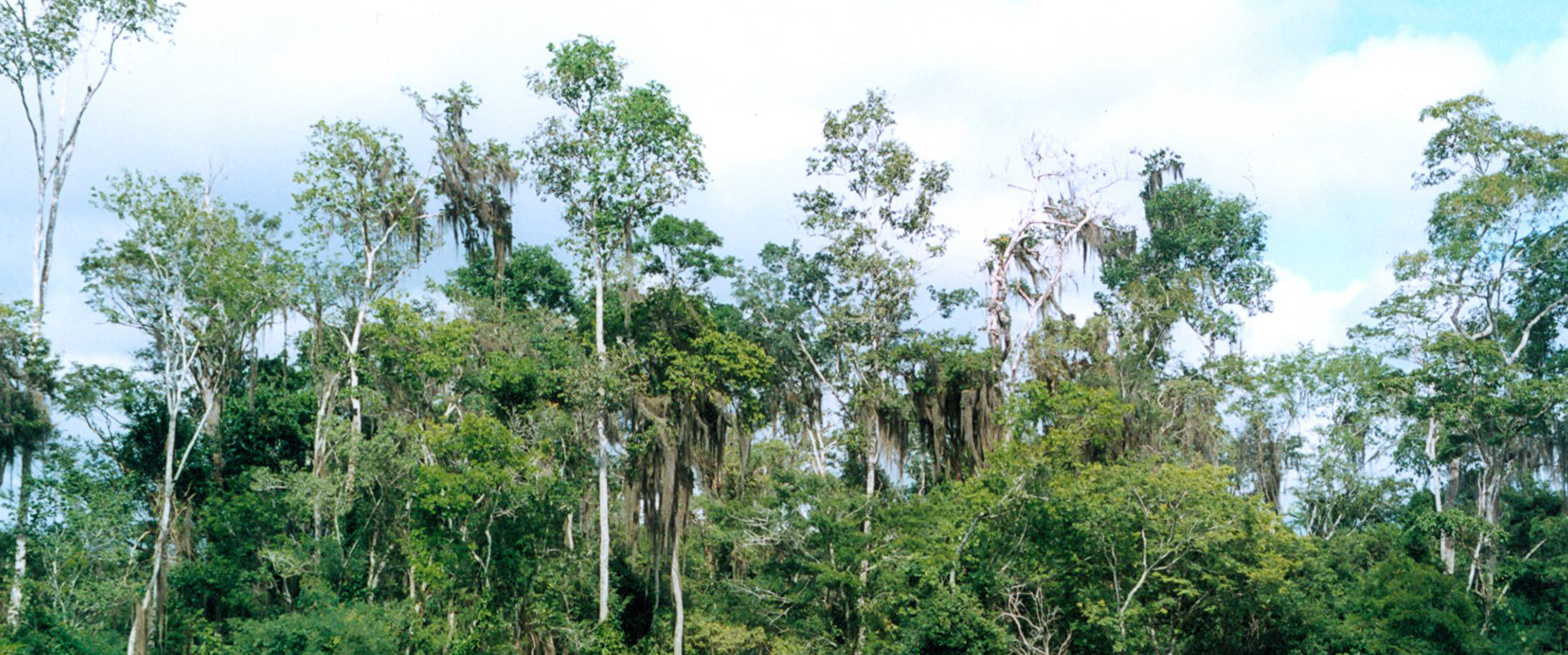
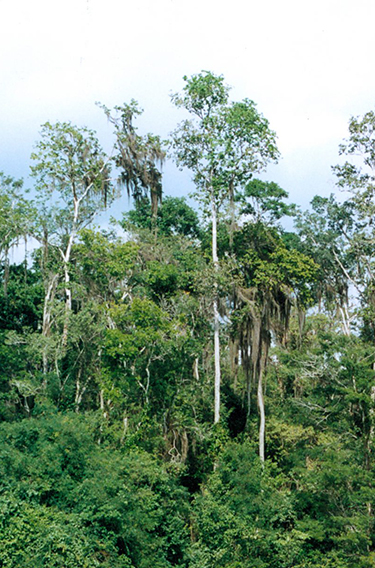

THE EMPTYING
OF THE FOREST
When a forest, such as a Permanent Preservation Area, is not very well protected, it is very easy for cattle and other domestic animals to enter. This leads to the destruction of the understory, which are the plants that live from the forest floor all the way to below the forest canopy. This problem causes a kind of damage that is invisible from the sky or from satellites. When this happens, populations of Tinamidae, such as the tinamou, disappear. Species become silently and quickly regionally extinct. Understory insectivorous passerines, which often only live in quite small areas, can run a serious risk of extinction. This group of passerines are the most threatened group of birds in the Atlantic Rainforest.
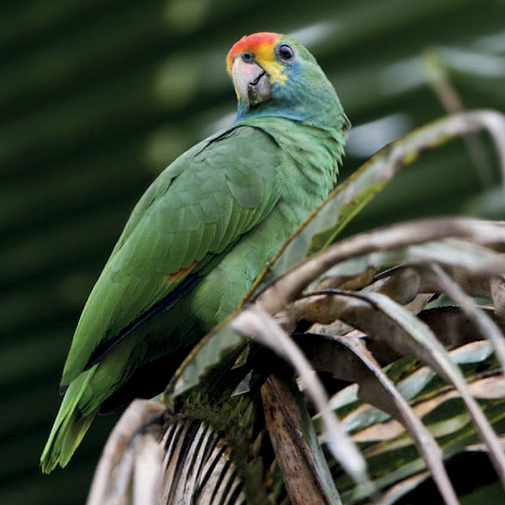
 |
THE EMPTYING OF THE FOREST |

When a forest, such as a Permanent Preservation Area, is not very well protected, it is very easy for cattle and other domestic animals to enter. This leads to the destruction of the understory, which are the plants that live from the forest floor all the way to below the forest canopy. This problem causes a kind of damage that is invisible from the sky or from satellites. When this happens, populations of Tinamidae, such as the tinamou, disappear. Species become silently and quickly regionally extinct. Understory insectivorous passerines, which often only live in quite small areas, can run a serious risk of extinction. This group of passerines are the most threatened group of birds in the Atlantic Rainforest.
The actual extent of the destruction of the functional Atlantic Rainforest is much worse than it appears on a map.
Examples of species in great danger of extinction:
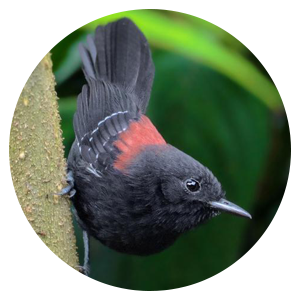
Black-hooded antwren
(Formicivora erythronotos)
IUCN EN
Restricted to a small area with an estimated maximum of 250 adult individuals globally, 90-100% of them in a single location. No ex situ population.
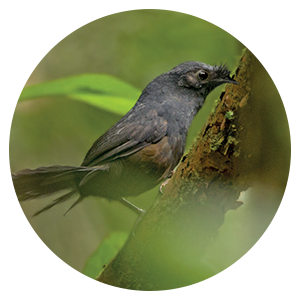
Stresemann’s bristlefront
(Merulaxis stresemanni)
IUCN CR
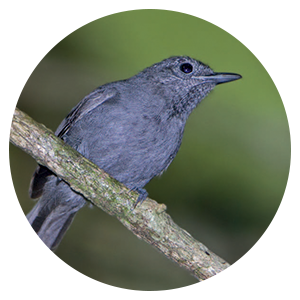
Alagoas antwren
(Myrmotherula snowi)
IUCN CR
35 remaining individuals globally.
Click on the links beside and learn more about The Problem.
 Every day from 8:30am to 4:30pm
Every day from 8:30am to 4:30pm Prices
Prices


